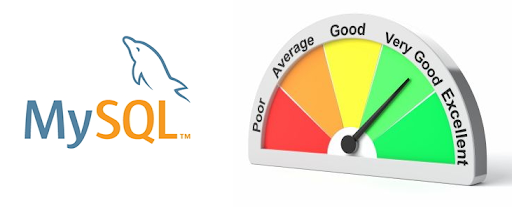Improve MySQL performance
Every developer who uses MySQL is aware of how essentially the RDBMS is to their work. The database management system is capable of supporting a wide range of initiatives, from online gaming communities to healthcare solutions. Every DBA has challenges with optimizing MySQL performance at some point in their career. But don’t worry; we’re here to assist. In this post, we’ll go through seven techniques for immediately enhancing the performance of your MySQL database. These techniques include query optimization, indexing, server settings, replication, and more.
Steps to Optimize MySQL
- Analyze slow queries: To find queries that are running excessively slowly, use the slow query log. To analyze and optimize those queries, use programs like pt-query-digest or MySQL’s built-in performance schema.
- Optimize indexes: Ensure that the columns that are often utilized in your queries have indexes. Avoid building indexes on rarely used columns as they can slow write operations down.
- Optimize server configuration: Adjust the MySQL server configuration to match the hardware resources at your disposal. This entails changing options for query cache, thread concurrency, and buffer sizes.
- Optimize database design: To minimize redundant data and boost efficiency, normalize the schema of your database. Avoid storing huge objects in the database and only use data types that are appropriate for the data being saved.
- Use caching: Utilize caching strategies to cut down on database requests. This may involve employing object caching, query caching, or application-level caching.
- Monitor and tune the server: To track the server’s performance and spot any bottlenecks, use tools like Percona Monitoring and Management or MySQL Enterprise Monitor. Adapt the server settings to correspond with the monitoring’s results.
- Upgrade to the latest version: Upgrade to the most recent version of MySQL to benefit from performance and bug fixes.
Conclusion
You can optimize your MySQL database’s performance and make sure it can support the load of your application.





